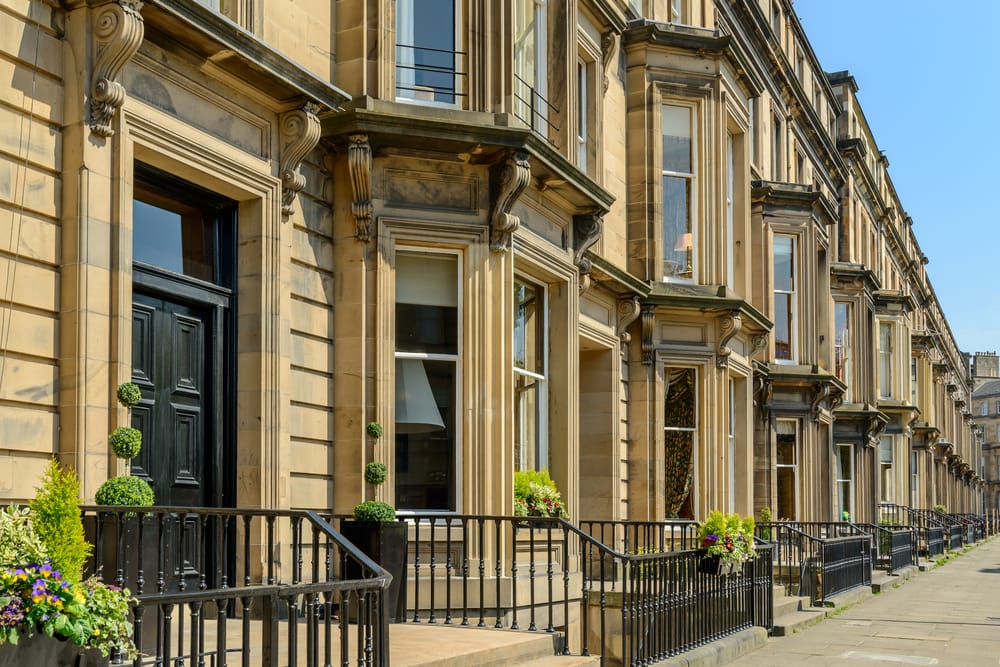Property prices were flat in June after falling by 0.3% in May, Halifax’s house price index has revealed.
The long-term trend has still been a price uplift however, as the average price stands at £296,665, following a 2.5% increase year-on-year.
Sarah Coles, head of personal finance, Hargreaves Lansdown, said: “A major problem is that homes have become so expensive that it’s pushing affordability to the limit.
“And while mortgage rates have fallen, they’re not dropping particularly fast and remain much higher than we have been used to in the previous few years.
“It’s one reason why property sales are stronger in parts of the country where prices tend to be lower.
“Lenders have reacted to higher house prices by offering more flexibility over how much people can borrow.
“However, if you’re considering stretching your finances to buy a new home, at a time when prices are so sluggish, it’s vital not to push yourself to the brink and end up being forced to sell at a time when prices may not have risen enough to cover your costs.”
While house price growth is sluggish, mortgage approvals and property transactions picked up, fuelled by rising wages and gradually falling interest rates.
Amanda Bryden, head of mortgages, Halifax, said: “Of course, challenges remain. Affordability is still stretched, particularly for those coming to the end of fixed-rate deals.
“The economic backdrop also remains uncertain; while inflation has eased, it’s still above target, and there are signs the jobs market may be softening.
“But with markets pricing in two more rate cuts from the Bank of England by year end, and the average rate on newly drawn mortgages now at its lowest since 2023, we continue to expect modest house price growth in the second half of the year.”
Property prices in Northern Ireland are up 9.6% in a year, Scotland 4.9% and the North West of England, by 4.4%.
Nicholas Finn, managing director of Garrington Property Finders, said: “In many areas the number of homes coming onto the market far exceeds the number of potential buyers.
“This is keeping price rises to a minimum, or even pushing prices down. In some areas the glut of supply is so acute that estate agents are refusing to list homes where they feel the owner is asking for an unrealistic price.
“The imbalance is greatest in southern England, but is no longer just limited to the capital and its commuter belt.
“Halifax’s data shows that the slowest rate of price growth is now in the South West – a reflection of the large numbers of second homes and holiday let properties being sold by their disenchanted owners.
“The net effect has been to turn the south into a buyer’s market – in which buyers can ask for, and with the right seller, get a significant reduction in asking price.”
